Personal Growth
Embrace Your Unique Journey: The Dangers of Comparison
It’s always important to embrace YOUR unique journey.
Comparing yourself to other people can undermine your self-worth.
“Your path is yours alone; don’t let others’ journeys overshadow your own.” – Mike Brewer
Focus on your strengths intentionally; celebrate what makes you unique.
Do this instead of measuring against others.
Set personal goals based on your values; define success on your terms.
This next point is key!
Practice gratitude; acknowledging your wins nurtures your positive mindset.
I know this next point is challenging – I struggle with it myself.
Limit exposure to social media.
Or, curate your feed in a way that avoids comparison.
Don’t shy away from unfollowing, muting, blocking.
Trust me, they won’t know.
They don’t care.
They are busy thinking about themselves.
It’s not a dig, just a fact.
We’ve all been there.
Engage in self-reflection and contemplation; understanding your journey helps You accept You for You.
Many people have made the next point, but I think it fits.
Everyone has struggles; what you see is often just a highlight reel.
Ultimately, by choosing not to compare, you empower yourself to thrive in your authentic life.
Go get it!
Share this:
Celebrate Your Tiny Wins
Recognizing and celebrating your tiny wins helps to grow a helpful mindset.
Every small win contributes to your path of progress.
As a stretch, find the wins (lessons) in missteps and failure.
They are equally, if not more, valuable.
Take time to reflect.
Use a journal, 3×5, or 4×6 note cards.
Share your with friends or family.
Use visual reminders.
Practice self-compassion; be gentle with yourself.
Celebrating tiny wins (even in failure) creates a joyful and fulfilling path.
Share this:
Owner Mode: Stop Renting Your Life, Start Building It
Renters pass through. Owners build.
You can always tell who’s in “Owner Mode.” They think beyond the surface, examining the foundation, value, and potential.
Owner Mode is not about perfect control. It’s about owning the direction and the response.
You don’t just win once; you build momentum. You create things that last.
Are you building your dream or just patching someone else’s drywall?
“Life changes when you move from temporary to intentional. That’s Owner Mode.” – Mike Brewer
Share this:
Your Work Habits Are Following You Home
Stress doesn’t check out when you do.
When you cross the various thresholds of life, you don’t get to hang your problems on a tidy coat rack.
They show up at home if you’re struggling with clarity at work.
If you’re overthinking every decision, you’ll do it at dinner, too.
The habits you form at work don’t disappear when you leave the office.
It’s time to fix your mind where you spend the most time.
It’s incumbent upon you to be intentional.
“You don’t get to clock out on yourself. Every room you walk into reflects what you carry.” — Mike Brewer
Share this:
The Scissors of the Mind
Imagination is the scissors of the mind.
It cuts away limitations.
It shapes reality.
With each snip, you can refine your journey.
Imagine vividly.
Craft your destiny.
Cutaway doubts.
And craft success.
Your mind holds power.
Harness it, and the world becomes your canvas.
"Imagination is the scissors of the mind, shaping the masterpiece of your life." – Mike Brewer Share on XShare this:
- Page 1
- Page 2
- Page 3
- Interim pages omitted …
- Page 12
- Go to Next Page »

